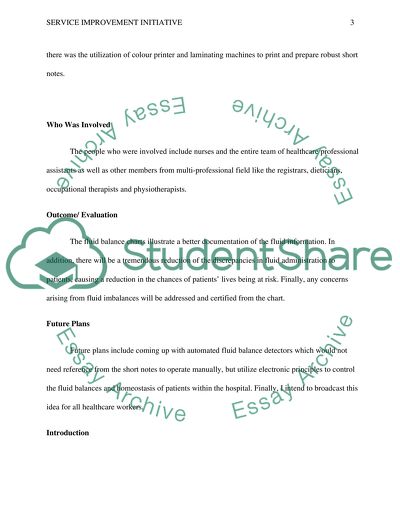Cite this document
(“Service Improvement Initiative Essay Example | Topics and Well Written Essays - 2000 words”, n.d.)
Retrieved from https://studentshare.org/nursing/1480619-service-improvement-initiative
Retrieved from https://studentshare.org/nursing/1480619-service-improvement-initiative
(Service Improvement Initiative Essay Example | Topics and Well Written Essays - 2000 Words)
https://studentshare.org/nursing/1480619-service-improvement-initiative.
https://studentshare.org/nursing/1480619-service-improvement-initiative.
“Service Improvement Initiative Essay Example | Topics and Well Written Essays - 2000 Words”, n.d. https://studentshare.org/nursing/1480619-service-improvement-initiative.


